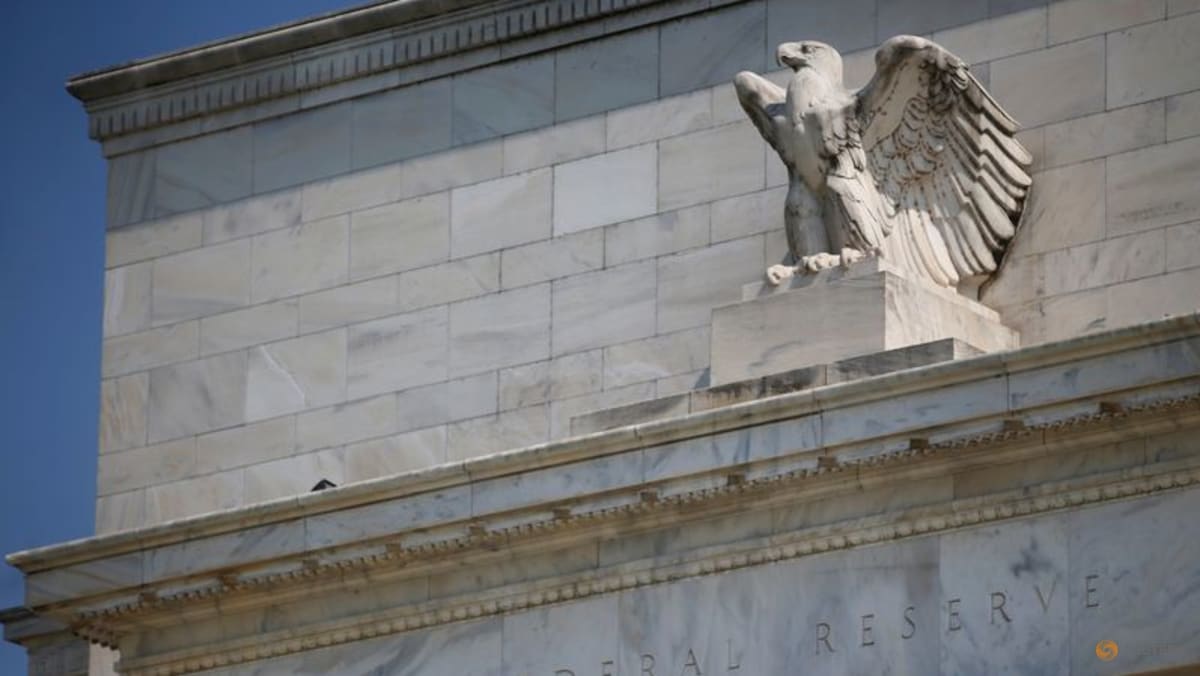SINGAPORE: While the United States Federal Reserve’s move to slash interest rates on Wednesday (Sep 17) was widely anticipated, it could lead Singapore investors who rely on low-risk instruments like fixed deposits to cast their eye on alternatives rather than staying put, experts said.
The cut – the first in nine months – puts interest rates in a range of 4 per cent to 4.25 per cent, the lowest since late 2022. The Fed is expected to cut rates twice more this year, which Fed chair Jerome Powell had characterised as a “risk management” response to a softening labour market in the US.
As investments such as fixed deposits largely hinge on what the prevailing global interest rates are, analysts said it puts pressure on low-risk investors to look elsewhere.
But that would also mean assuming more individual risk amid a volatile environment prone to shocks, they added.
Mr Vasu Menon, managing director of investment strategy at OCBC, said that exploring alternative investment opportunities might translate to better yields, but that also means investors are taking on equity risk or the risks associated with the securities in funds.
“With risk comes the possibility of greater volatility and occasional short-term drawdowns in investment value,” he said.
“So, putting money into riskier asset classes means that investors must have the risk appetite and ideally a medium-term horizon to ride out short-term volatility.”
Nevertheless, some analysts also noted that the impact of the latest cut on interest rates may not be as significant as expected.
FALLING INTEREST RATES
The Monetary Authority of Singapore does not independently set interest rates, which are largely influenced by the rates set by other central banks, especially the Fed.
However, local rates have diverged slightly from their foreign counterparts recently due to an influx of capital, said Mr Glenn Thum, research manager at Phillip Securities Research.
“Especially with the Trump administration, it is a bit more volatile and a bit harder to predict. So a lot of the investors are pulling out their US dollars and then putting them into Singapore dollars, or into Hong Kong dollars,” he said.
In general, surges in capital inflows to Singapore push down the main interest rate benchmark known as the Singapore Overnight Rate Average (SORA), which is used by banks to price home loans, among other things.
UOB’s senior foreign exchange strategist Peter Chia noted that SORA has already “dropped significantly” throughout 2025.
The drop was driven by abundant domestic liquidity and sustained safe-haven inflows, he added.
“Given that we do not expect a broad-based recession in either the US or Singapore, and that the projected Fed rate-cutting cycle is fairly shallow, it may be difficult for SORA to drop further,” he said.
Interest rates at Singapore banks have been on a downward trend since the post-pandemic years.
CEO of financial advisory firm SingCapital Alfred Chia noted that fixed deposit promotions, which peaked at around 2.5 per cent to 3 per cent from 2022 to 2023, have now moderated to about 1.5 per cent to 1.6 per cent per annum for common tenors.
Banks in Singapore have also reduced interest rates for savings accounts.
In April, UOB announced that it would cut interest rates for its flagship savings account, UOB One, from May 1 to “align with long-term interest rate environment expectations”.
OCBC also revised maximum effective interest rates for its OCBC 360 account holders “in line with prevailing market conditions”.
